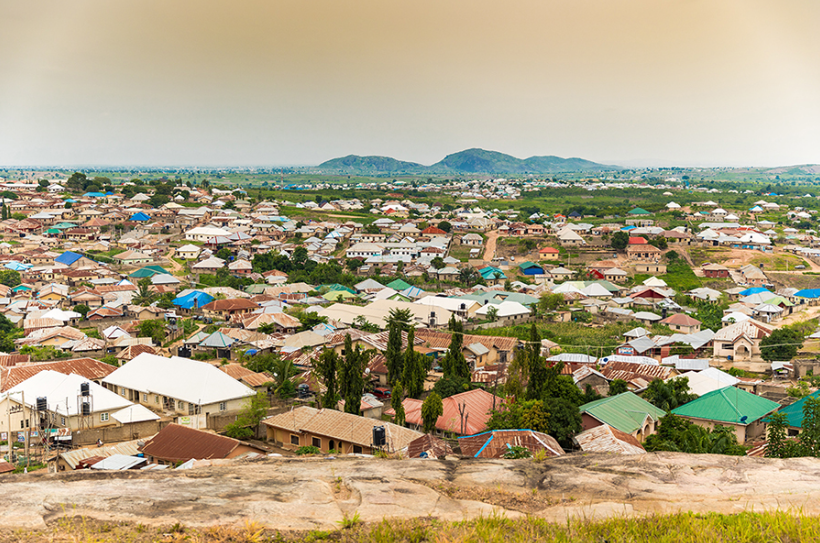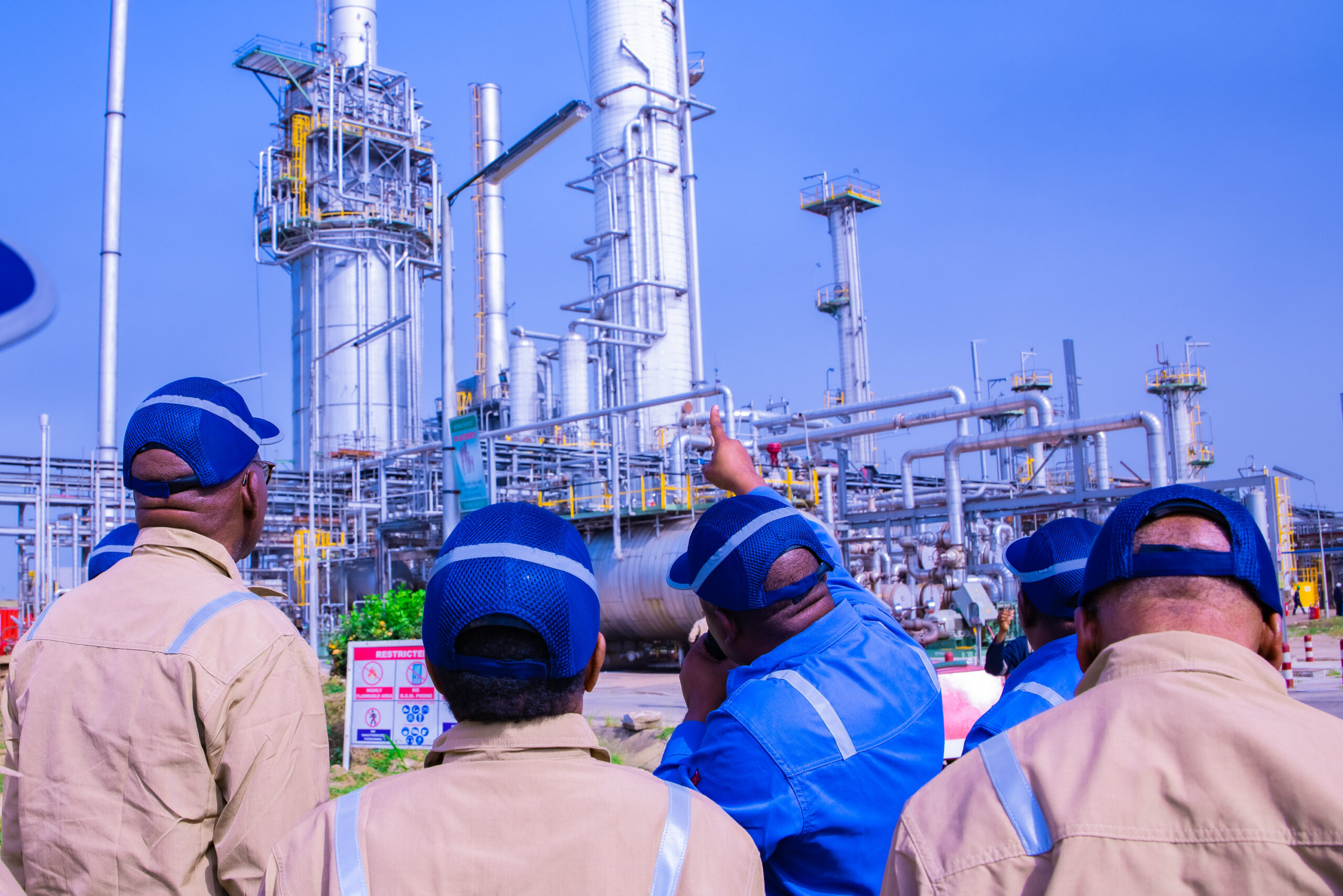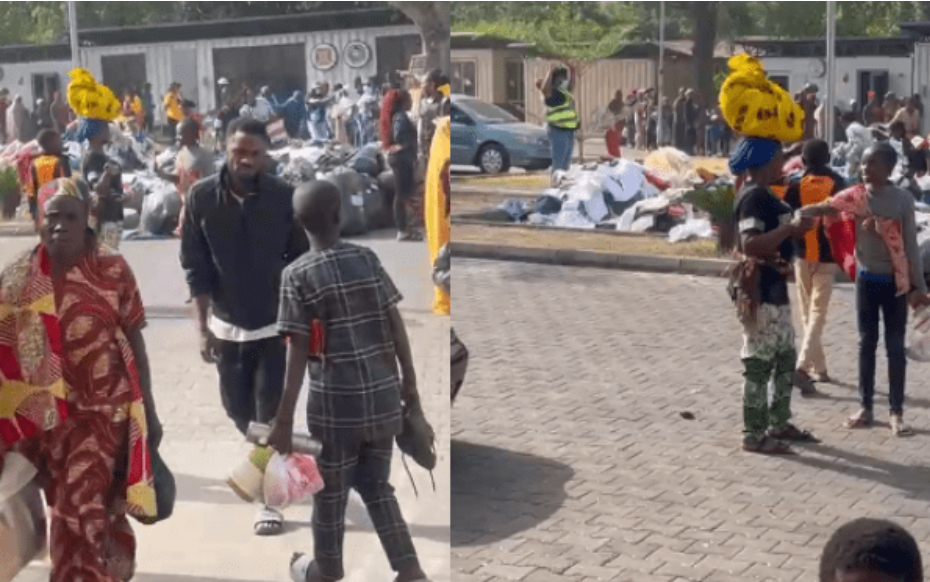By Joke Kujenya
POVERTY CONTINUES to be a pressing global issue, with over 1.1 billion people struggling to meet basic needs.
The latest findings from the 2024 Multidimensional Poverty Index (MPI) report highlight that conflict and instability are major barriers to reducing poverty, particularly in war-torn regions.
The report, published by the United Nations Development Program (UNDP) in collaboration with the Oxford Poverty and Human Development Initiative (OPHI), draws on data from 112 countries, representing 6.3 billion people.
This year’s findings emphasize that countries affected by conflict face a grim reality.
A staggering 455 million people living in these nations endure extreme poverty, where deprivation of basic services like food, clean water, and electricity is far worse than in more stable areas.
Children, in particular, bear the brunt of this hardship, with more than half of those affected by multidimensional poverty being under the age of 18.
Connection Between Conflict and Poverty
The report sheds light on a sobering trend: poverty rates are nearly three times higher in countries experiencing conflict.
The world is facing the highest number of active conflicts since the end of World War II.
As wars rage in several parts of the world, from the Middle East to Sub-Saharan Africa, they not only cause immediate harm but also devastate local economies, making it difficult to provide citizens with essential services.
Conflict leads to the breakdown of infrastructure, disrupts access to healthcare and education, and causes mass displacement. In conflict zones, efforts to improve living conditions are either stalled or undone entirely.
Sabina Alkire, Director of OPHI, underscored the seriousness of the issue.
“We expected the link between poverty and conflict, but what truly surprised us was the sheer scale of those suffering.
“The MPI shows that 455 million of the world’s poor live in countries plagued by conflict. This is more than a statistical issue—it’s a call to action for the global community to rethink strategies for both poverty reduction and peacebuilding.”
MPI: Measuring Multidimensional Poverty
Unlike traditional poverty measures that only look at income, the Global Multidimensional Poverty Index (G-MPI) takes into account multiple factors that affect a person’s quality of life.
These include access to healthcare, education, adequate housing, clean water, sanitation, electricity, and nutrition.
The report’s multidimensional approach offers a more complete view of how people experience poverty in different parts of the world.
In conflict zones, these indicators paint an especially grim picture.
For instance, in countries experiencing armed conflict, 25% of the poor have no access to electricity, compared to just 5% in peaceful regions.
Lack of proper sanitation facilities is another common challenge, affecting 828 million of the world’s poor.
These households are far more likely to include children who suffer from malnutrition, contributing to the overall struggles faced by families already living on the brink of survival.
Countries with ongoing conflicts, like Afghanistan, Nigeria, and the Democratic Republic of the Congo, are heavily featured in the MPI report.
These countries consistently show high poverty levels across multiple dimensions.
The data from these regions highlight that conflict acts as a major disruptor to poverty alleviation programmes and development initiatives.
Conflict as a Driver of Poverty in Sub-Saharan Africa and South Asia
Sub-Saharan Africa and South Asia bear the heaviest burden of global poverty.
According to the report, over 83% of the world’s poor live in these regions.
The situation is particularly severe in countries facing long-term conflict or instability, such as South Sudan, Ethiopia, and the Democratic Republic of Congo.
In these areas, the report identifies a lack of basic services like clean water, electricity, and food security as key drivers of poverty.
Poor infrastructure and governance, worsened by the ongoing violence, make it nearly impossible for governments to implement effective poverty reduction strategies.
In Ethiopia, for instance, over 20% of the poor suffer from malnutrition, a figure that jumps to over 25% in war-torn areas of the country.
The lack of education and healthcare further entrenches families in poverty, making it difficult for future generations to break the cycle.
Afghanistan: A Case Study in Poverty and Conflict
Afghanistan presents one of the most harrowing examples of the intersection between poverty and conflict.
The report highlights that an additional 5.3 million Afghans fell into multidimensional poverty between 2015 and 2022, a period marked by violent conflict and political instability.
Currently, nearly two-thirds of Afghanistan’s population (64.9%) live in extreme poverty, struggling to access basic necessities like clean water, food, and healthcare.
The G-MPI reveals that Afghanistan has some of the highest rates of child mortality, malnutrition, and lack of access to essential services among conflict-affected countries.
The war-torn country is an extreme example, but it illustrates a wider pattern: in regions where violence persists, poverty not only remains but worsens over time.
Global Response: Urgent Action Needed
The findings in the G-MPI report have led to urgent calls for a reevaluation of poverty reduction strategies.
Achim Steiner, UNDP Administrator, emphasized the need for coordinated global action.
“We’re at a critical juncture. More than 1.1 billion people are living in multidimensional poverty, and almost half a billion of them are in conflict zones. If we are to reduce poverty, we must address the root causes, and that includes fostering peace and stability.”
Steiner called for greater resources to be allocated towards early intervention programmes that target the poorest communities, especially those affected by violence.
International aid organizations and governments are urged to collaborate more closely to address not only the symptoms of poverty but also the factors that perpetuate it, including conflict, displacement, and the erosion of social safety nets.
The G-MPI report suggests that without a focus on peacebuilding, poverty reduction efforts will continue to face significant obstacles.
In regions like Sub-Saharan Africa and South Asia, where the majority of the world’s poor live, instability and violence have become major barriers to progress.
As a result, the international community must balance poverty alleviation programmes with initiatives aimed at securing peace.
Children: The Most Vulnerable
Children account for a disproportionate share of the world’s poor.
Of the 1.1 billion people identified as multidimensionally poor, 584 million are under the age of 18.
The report points out that children are more vulnerable to the effects of poverty, as they are more likely to suffer from malnutrition, lack of education, and inadequate healthcare.
This has long-term consequences, not only for the children themselves but for their communities and countries as a whole.
In conflict-affected regions, children face even greater challenges.
The report highlights that child mortality rates in war-torn countries are significantly higher than in more peaceful areas.
Poor access to healthcare means that preventable diseases, such as pneumonia and diarrhea, claim the lives of thousands of children each year.
This situation is exacerbated by malnutrition, which affects nearly 30% of children in conflict zones.
A Call to Action
The 2024 G-MPI report is noted to have presented a clear picture of the intertwined challenges of poverty and conflict.
It says while efforts to reduce poverty have seen some success in peaceful regions, conflict-affected areas remain trapped in cycles of violence and deprivation.
As conflicts continue to escalate worldwide, the international community faces an urgent challenge: addressing both poverty and the instability that fuels it.
Without concerted efforts to foster peace, the goal of ending extreme poverty by 2030, as outlined in the UN’s Sustainable Development Goals, will remain out of reach for millions of people, the reports submit.
At JKNewsMedia, our dedication to delivering reliable news and insightful information to our cherished readers remains unwavering. Every day, we strive to provide you with top-notch content that informs and enlightens. By donating to JKNewsMedia, you directly contribute to our mission of delivering quality journalism that empowers and informs. Your support fuels our commitment to bringing you the latest updates and in-depth analysis. Let's continue to uphold the highest standards of journalism and serve our community with integrity and dedication. Thank you for being a part of the JKNewsMedia family and for your ongoing support.





